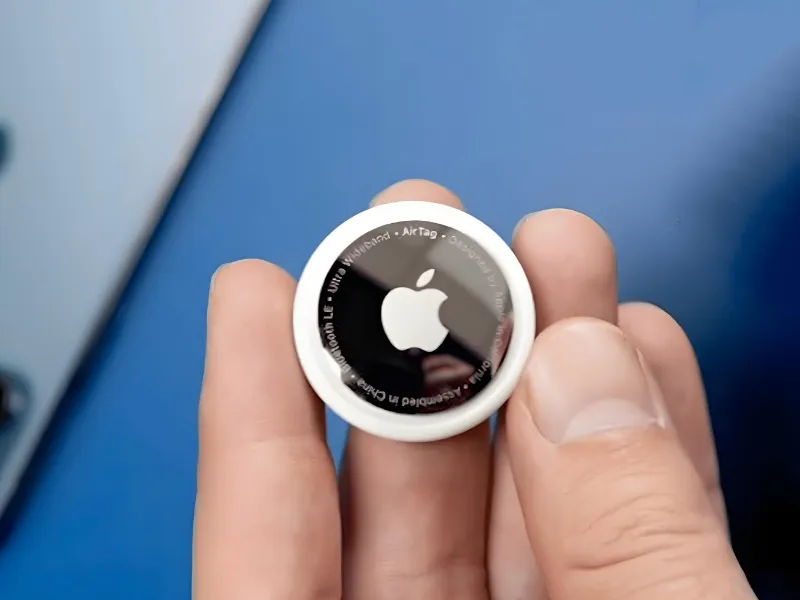- Apple’s AirTag doesn’t rely on GPS for location tracking, but instead uses Bluetooth to connect and Find My network.
- The main difference between AirTag and GPS is the way they acquire location information and the scenarios in which they are used.
While Apple‘s AirTag can effectively track the location of personal items, it does so not through GPS technology, but through a Bluetooth connection and the Find My network for location tracking. The main difference between AirTag and GPS is the way they acquire location information and the scenarios in which they are used.
Why isn’t AirTag a GPS tracker
Apple’s AirTag is not a GPS tracker in the traditional sense. It does not rely on GPS for location tracking. Instead, AirTag uses Bluetooth technology to communicate with nearby Apple devices (such as iphones, ipads or Macs) that have the Find My app installed, and uses Apple’s Find My network to get location information. AirTag location tracking works as follows.
1. Bluetooth connection: AirTag connects to nearby Apple devices with the Find My app via Bluetooth Low Power (BLE).
2. Find my network: If the AirTag is out of Bluetooth range or lost, it can take advantage of Apple’s Find My network. The network is made up of millions of Apple devices around the world that anonymously relay AirTag location information to owners’ Apple devices to help them retrieve lost items.
3. Precision positioning: For devices that support ultra-wideband (UWB) technology, such as iPhone 11 and newer models, AirTag can use precision positioning to provide more accurate direction and distance information.
4. No built-in GPS: AirTag does not have a built-in GPS receiver like traditional GPS trackers, which directly uses satellite signals to determine location. It relies primarily on Bluetooth and the Find My network for location services.
Also read: Taboola scores major deal with Apple, shares surge by 11%
Also read: Apple to enhance Siri with AI in 2025 update
Main difference between AirTag and GPS
1. Location acquisition method: The AirTag determines its location primarily through a Bluetooth connection and Apple’s Find My network. It relies on nearby Apple devices to help locate it, or, where supported, UWB technology for precise positioning. GPS is a global satellite navigation system that determines the precise position of devices by receiving signals from satellites, without relying on other devices or networks.
2. Positioning accuracy: Since it relies primarily on Bluetooth and the Find My network, AirTag’s positioning accuracy can be affected by Bluetooth range and device distribution. On devices that support UWB technology, more accurate positioning can be provided. GPS provides highly accurate location information, often to a few meters or less, which makes GPS widely used in applications requiring high-precision positioning, such as navigation, aviation, military and other fields.
3. Usage scenario: AirTag is suitable for daily tracking and positioning of personal items, such as keys, bags, luggage, etc., providing a convenient item management solution. GPS is widely used in navigation, map making, aviation and navigation, military operations and other areas requiring accurate position information.
4. Dependence: AirTag relies on Apple devices and the Find My network, so there is some dependence on the compatibility and network connection status of Apple devices. GPS operates independently and only needs to receive GPS satellite signals to determine location, not restricted by a specific device or network.

